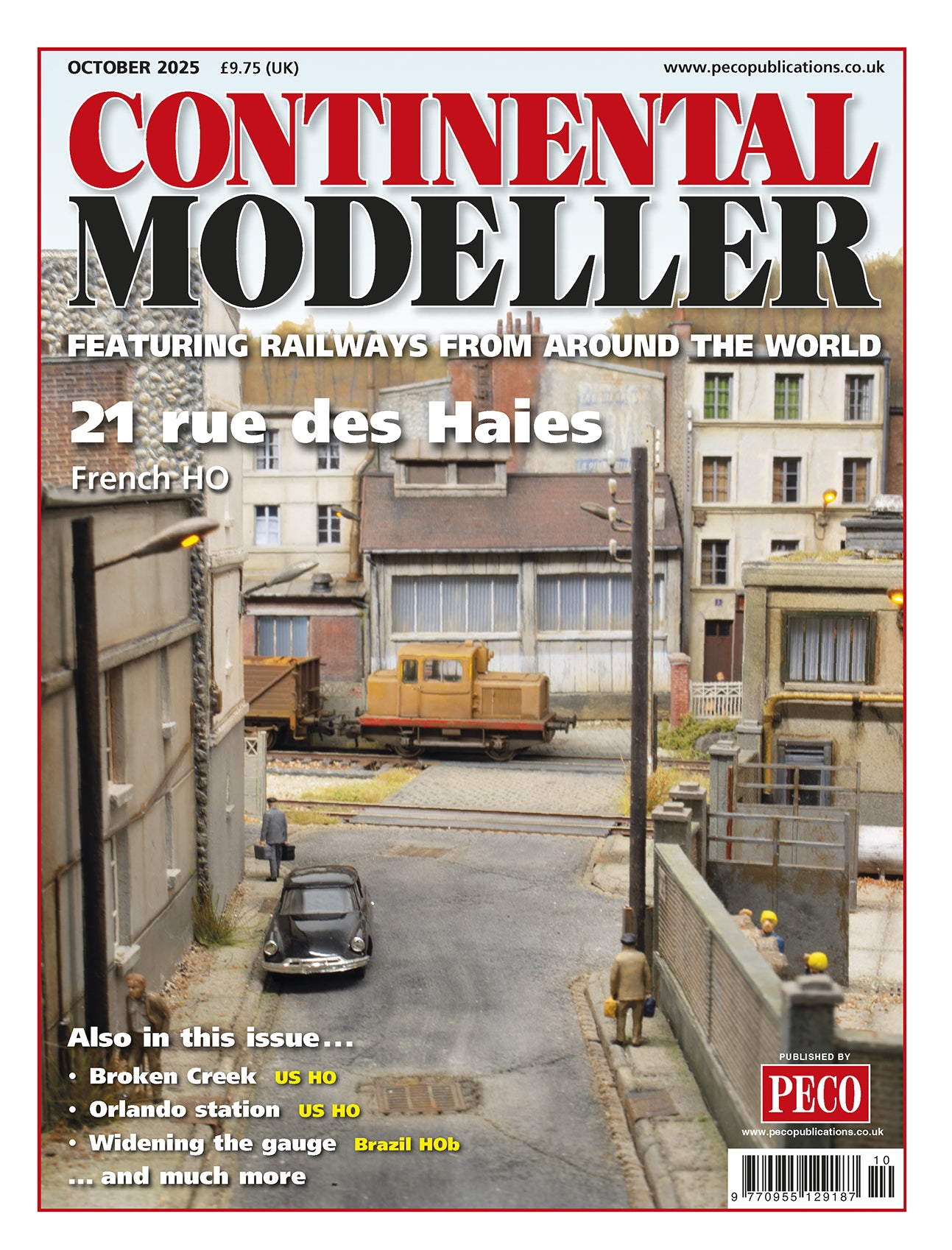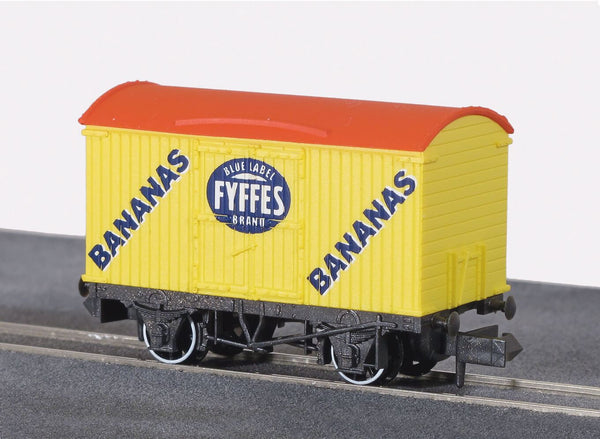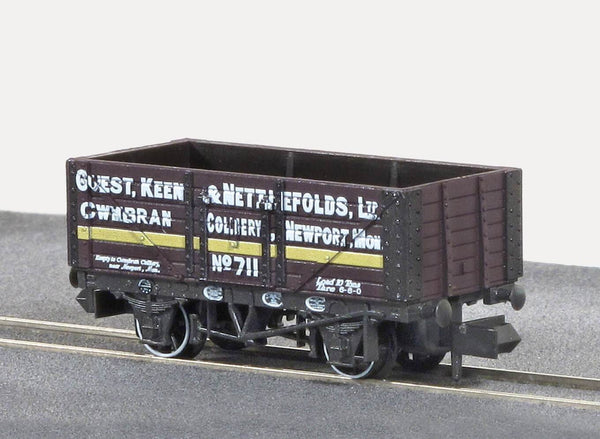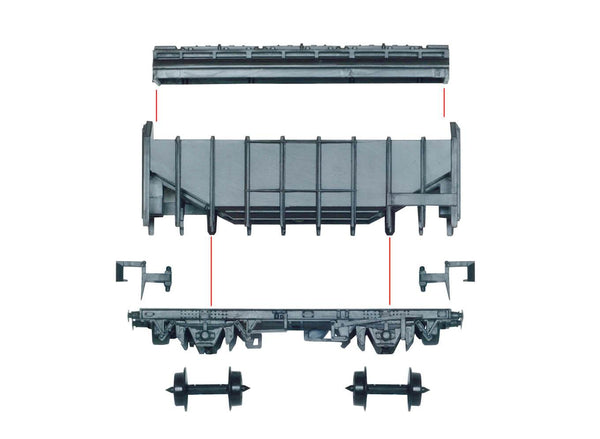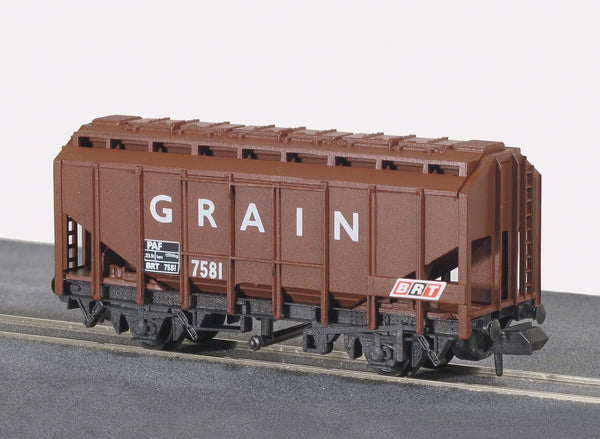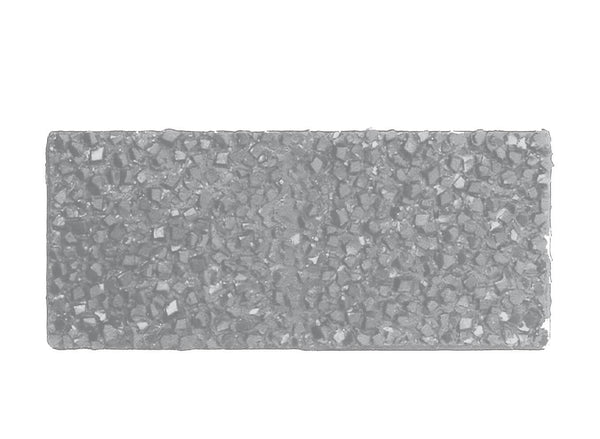BROWSE PECO PRODUCTS
Browse through our complete product portfolio.
738 Products Found
Freelance 4 Wheel Guards Van
These finely moulded plastic wagon kits come complete with pin point axle wheels. Glue and paint will be required, along with appropriate transfers.
Freelance Panelled 4 Wheel 1st Class
These finely moulded plastic wagon kits come complete with pin point axle wheels. Glue and paint will be required, along with appropriate transfers.
Freelance Panelled 4 Wheel 3rd Class
These finely moulded plastic wagon kits come complete with pin point axle wheels. Glue and paint will be required, along with appropriate transfers.
Freelance Single Bolster Wagon
These finely moulded plastic wagon kits come complete with pin point axle wheels. Glue and paint will be required, along with appropriate transfers.
Freeline 4 Wheel Chassis
These finely moulded plastic wagon kits come complete with pin point axle wheels. Glue and paint will be required, along with appropriate transfers.
Fyffes Bananas Refrigerated Van
Private owner wagons abounded prior to nationalisation, they would often be seen far from their base as they were sent to collect raw materials and supplies such as coal, and deliver finished goods. All Peco wagons feature free running wheels in pin point axles. The ELC coupling, whilst compatible with the standard N gauge couplings, keeps a realistic distance between vehicles and enables the PL-25 electro magnetic decoupler to be used for remote uncoupling.
GKN No 711 7 Plank Wagon
Private owner wagons abounded prior to nationalisation, they would often be seen far from their base as they were sent to collect raw materials and supplies such as coal, and deliver finished goods. All Peco wagons feature free running wheels in pin point axles. The ELC coupling, whilst compatible with the standard N gauge couplings, keeps a realistic distance between vehicles and enables the PL-25 electro magnetic decoupler to be used for remote uncoupling.
Glyn Valley Tramway 4ton Mineral Wagon
These finely moulded plastic wagon kits come complete with pin point axle wheels. Glue and paint will be required, along with appropriate transfers.
Glyn Valley Tramway 4ton Mineral Wagon
These finely moulded plastic wagon kits come complete with pin point axle wheels. Glue and paint will be required, along with appropriate transfers.
Grain Wagon
These wagon and van kits are very quick and easy to assemble. Consisting of a one-piece pre coloured body moulding, chassis, chassis weight, disc wheels and couplings, they are essentially unpainted, unassembled versions of our famous ready to run range.
Grain Wagon
Block trains carrying specialised loads are a feature of the modern railway. All Peco wagons feature free running wheels in pin point axles. The ELC coupling, whilst compatible with the standard N gauge couplings, keeps a realistic distance between vehicles and enables the PL-25 electro magnetic decoupler to be used for remote uncoupling.
Granite/Ballast, Grey
Each pack contains 4 loads; as supplied they each fit a standard wagon. The mouldings are designed to be split in half so that one and a half mouldings can be used to fit a 15ft open wagon.



